Why Mobile Billboards Are an OOH Game Changer
Mobile Billboards for City Advertising & National Events
Mobile billboards offer a unique twist of visibility, flexibility, and cost-effectiveness, making them a superior choice for advertising during major national events.
Imagine cruising down a bustling city street or attending a large-scale national event, and your eyes land on a vivid, compelling advertisement on a mobile billboard. It's hard to ignore, right? That’s the power of mobile billboards—dynamic, eye-catching, and incredibly effective in crowded environments.
In this blog, we’ll delve into why mobile billboards are becoming a preferred choice for advertising within cities and at events across the nation, comparing their advantages over traditional advertising methods.
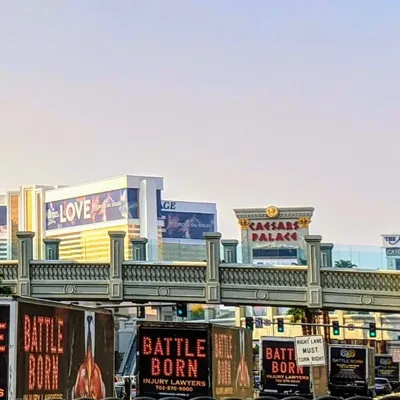
Mobile billboards are hard to miss.
Unmatched Visibility in High-Traffic Areas
Positioned directly in the line of sight, these roving advertisements make their way through dense cityscapes or around event venues, ensuring maximum exposure. Unlike stationary billboards or other fixed ads, mobile billboards navigate through areas with high foot and vehicle traffic, which amplifies their visibility.
Studies indicate that mobile billboard advertising significantly boosts brand recognition. For example, a study conducted by Nielsen highlighted that 81% of people who noticed an out-of-home (OOH) ad engaged with it in some manner, and 85% of billboard viewers engaged with the advertisements at least occasionally (ChicagoAds). Additionally, a brand lift study by Movia Media revealed that a seven-week campaign with mobile billboard trucks in Toronto resulted in a 31.4% unaided recall rate and 72% of participants found mobile billboards to be a unique marketing approach (If You Market They Will Come).
Moreover, research by the Out of Home Advertising Association of America (OAAA) supports the effectiveness of OOH advertising in enhancing brand recognition. It demonstrates that combining digital and traditional OOH media can amplify the impact of other advertising channels, increasing overall brand awareness and trust (ChicagoAds) (TruckAds).
These findings underscore the advantage of mobile billboard advertising in capturing and retaining consumer attention more effectively than static advertisements, ultimately leading to higher brand recognition and customer engagement.
Tailor routes and schedules based on real-time data.
Flexibility and Targeted Advertising
One of the standout features of mobile billboards is their incredible flexibility. Advertisers can tailor their routes and schedules based on real-time data and audience demographics. This means a mobile billboard can circulate in specific neighborhoods during peak hours, or align its presence with key events, ensuring the advertisement reaches the intended audience at the optimal time.
For instance, a mobile billboard could circle the vicinity of a sports event just as it concludes, capturing the attention of thousands of attendees spilling out of the venue.
Launch campaigns with minimal production costs.
Cost-Effectiveness Compared to Traditional Methods
When it comes to cost, mobile billboards offer a more budget-friendly option compared to other forms of advertising. Traditional media channels often come with hefty price tags due to space rentals or time slots. In contrast, mobile billboards require lower investment for production and deployment, providing a higher return on investment (ROI).
The ability to launch campaigns quickly, coupled with minimal production costs, makes mobile billboards an economically attractive choice for businesses of all sizes.
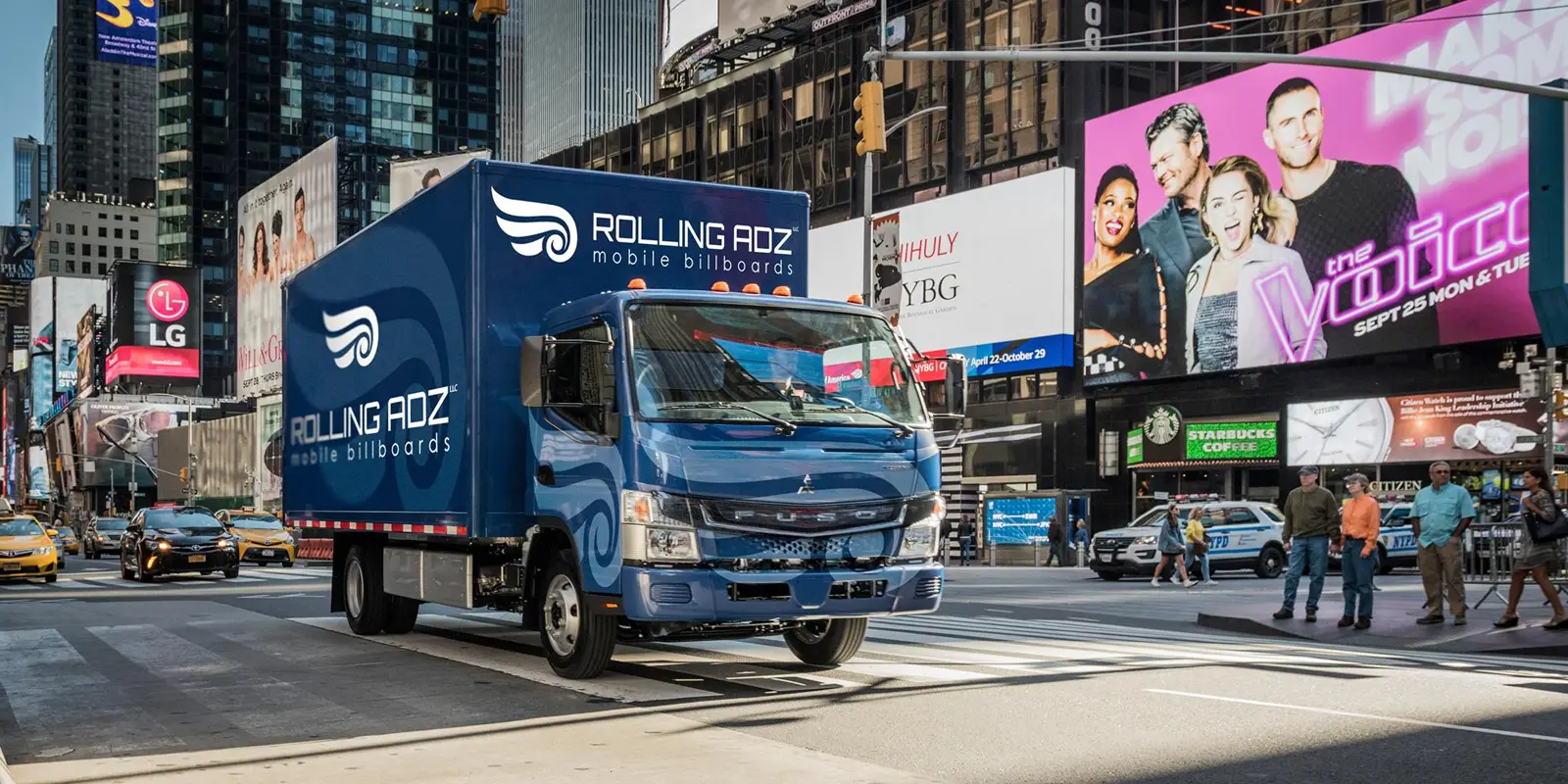
Modern technologies has elevated the effectiveness of mobile billboard advertising.
Enhanced Engagement Through Technology Integration
Many mobile billboards now feature digital displays, allowing for dynamic content changes that can respond to time of day or specific audience interactions.
Some are equipped with GPS technology to track routes and gather data on performance metrics, helping advertisers optimize their campaigns in real-time. This level of engagement ensures that the advertisements are not just seen but are also interactive and relevant to viewers.
In today's environmentally conscious market, eco-friendliness is a significant bonus.
Eco-Friendly Advertising Options
Many mobile billboard operators now use vehicles powered by alternative energy sources, such as electric or hybrid engines, which appeal to eco-aware consumers and reduce the carbon footprint of advertising campaigns. The reuse of space on digital billboards reduces waste associated with single-use print advertisements.
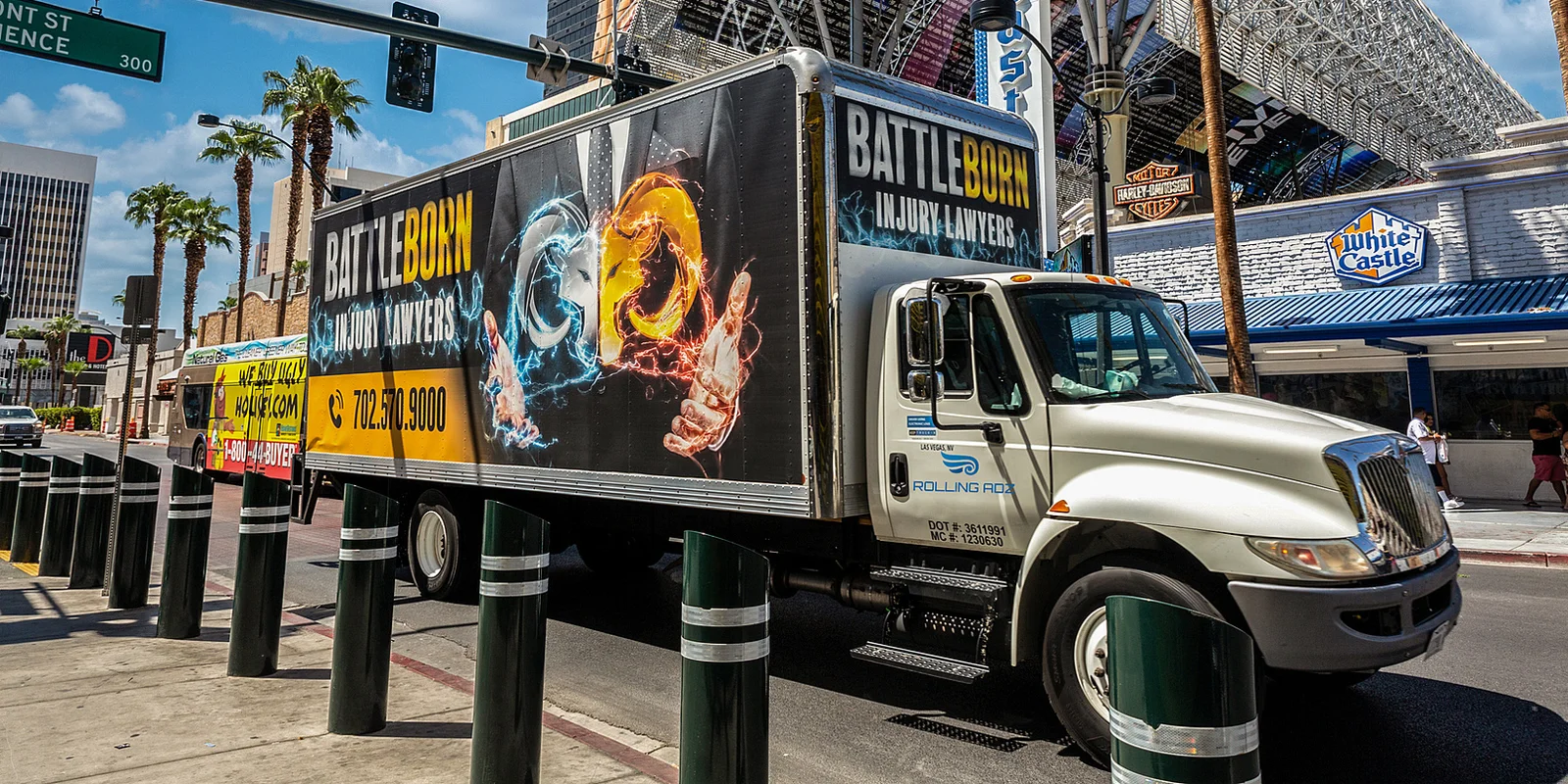
Mobile billboards are an innovative and strategic advertising medium that offers visibility, flexibility, cost-efficiency, and technological integration, making them particularly effective for city advertising and national events. As businesses seek more targeted, impactful, and cost-effective advertising solutions, mobile billboards are poised to become even more prevalent in the advertising landscape.
Mobile billboards aren’t just another way to advertise; they’re a smart, strategic choice that can navigate the complexities of modern advertising with ease. Whether you’re looking to make a splash in a crowded city or stand out at a nationwide event, mobile billboards can drive your message home effectively.
Geo-Targeted & Timely Mobile Billboard Ads
Tailoring Mobile Billboards for Specific Advertising Needs
Geo-targeting Capabilities: Mobile billboards can be programmed to target specific geographical areas, catering to localized marketing campaigns. This is especially useful for businesses that want to boost their presence in certain neighborhoods or regions. For example, a restaurant opening a new location might use mobile billboards to circulate in nearby areas, attracting local residents with special opening promotions.
Time-specific Advertising: Mobile billboards can also be scheduled to run during peak traffic hours or special events, maximizing exposure when it matters most. For instance, a beverage company might target mobile billboard advertising during large music festivals or sports events, ensuring their ads are seen by large crowds likely to purchase refreshments.
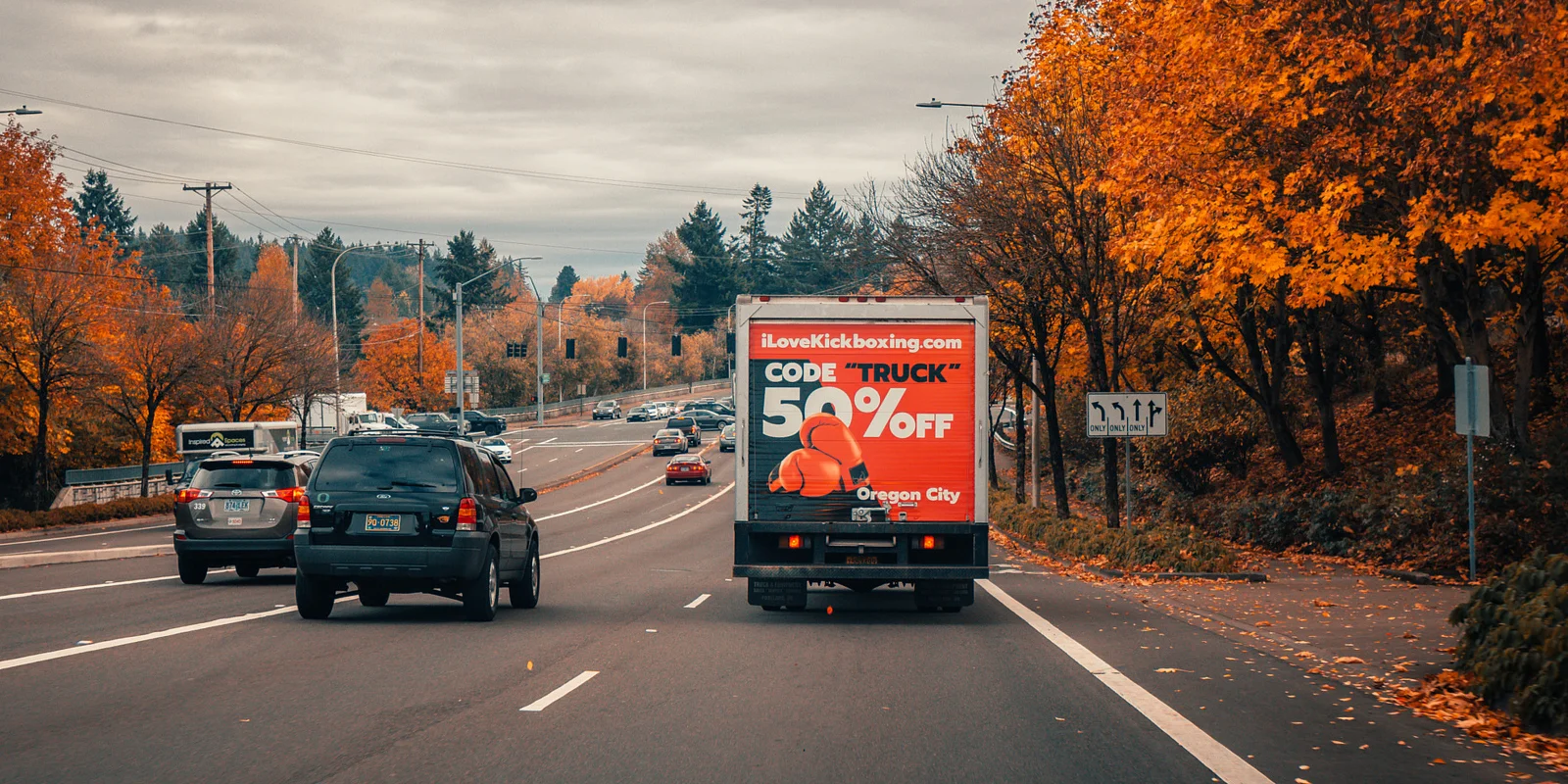
The content displayed on mobile billboards can be tailored to resonate with specific demographics based on the data collected about the audience in different parts of the city or event venues. This means that advertisers can change messages depending on factors like the time of day, the day of the week, or even current events.
Geo-Targeted & Timely Mobile Billboard Ads
Success Stories of Mobile Billboard Advertising
Retail Expansion Launch: A national retail chain used mobile billboards to announce the opening of new stores in several major cities. By targeting high-traffic areas near each new store location, the campaign generated significant awareness and foot traffic. The mobility of the billboards allowed the retailer to cover more ground than traditional advertising, leading to an impressive spike in opening day attendance.
Film Promotion Blitz: When a major studio released a highly anticipated movie, they deployed mobile billboards around major cities, featuring eye-catching graphics and movie clips. The billboards traveled around popular nightlife areas and other entertainment-focused districts. This strategic placement resulted in increased buzz and higher attendance figures on opening weekend compared to previous releases.
Non-profit Awareness Campaign: A non-profit organization aiming to increase awareness about an environmental cause used solar-powered mobile billboards to align with their eco-friendly message. The campaign targeted large public gatherings across the country, such as outdoor festivals and markets, resulting in increased engagement and a surge in volunteer sign-ups.
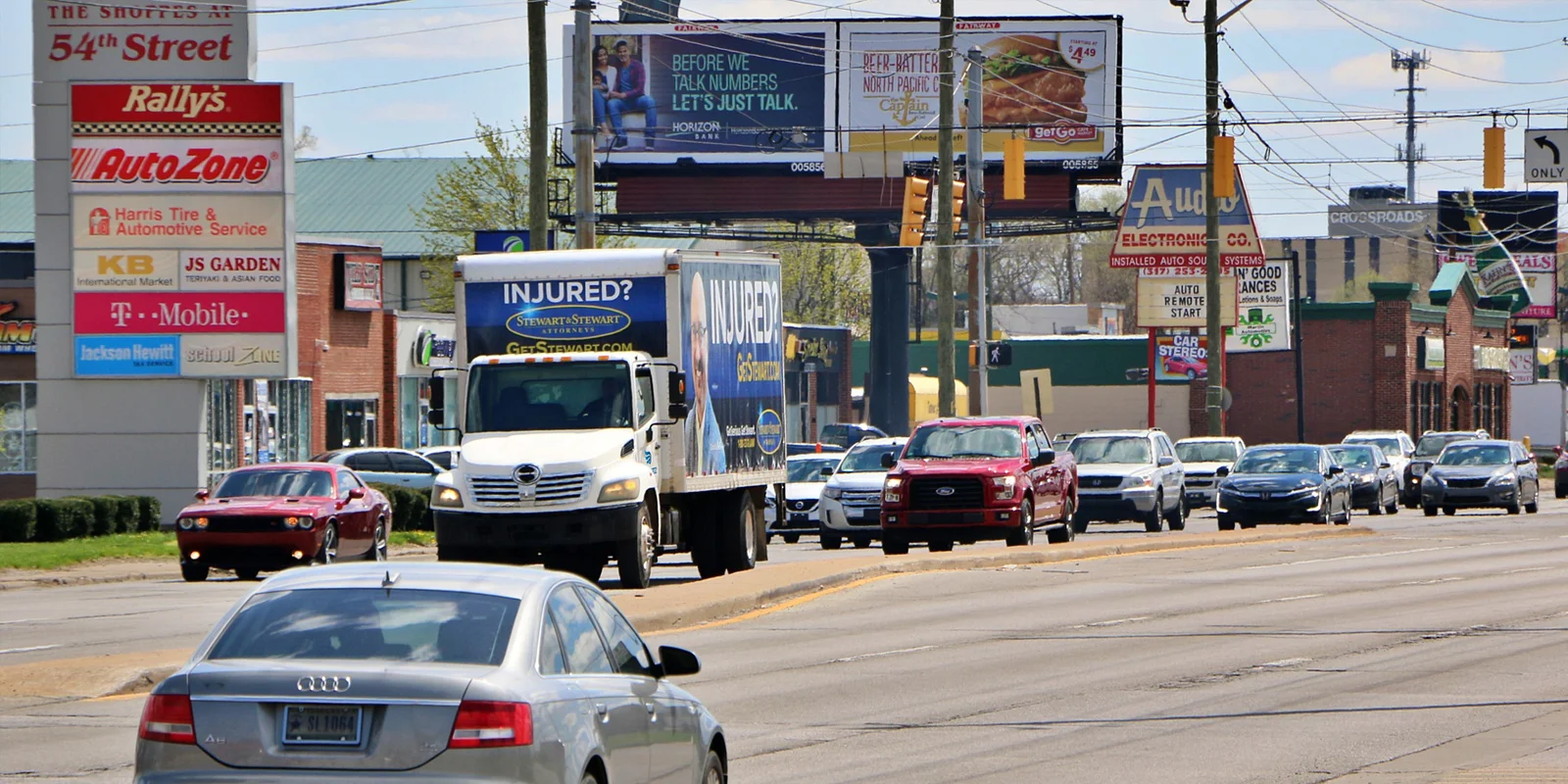
These examples illustrate the versatility and effectiveness of mobile billboards in reaching and engaging target audiences in a variety of settings. By combining strategic placement with creative, audience-focused content, mobile billboards can significantly enhance the impact of advertising campaigns.
If you're considering utilizing mobile billboards for your next advertising campaign or need specific advice on how to integrate this dynamic advertising method into your marketing strategy, feel free to ask for more detailed information or guidance tailored to your unique situation.
Nationwide Mobile Billboards
Book a Meeting With Us!
Speak to a mobile billboard advertising specialist for all your OOH media solutions.

